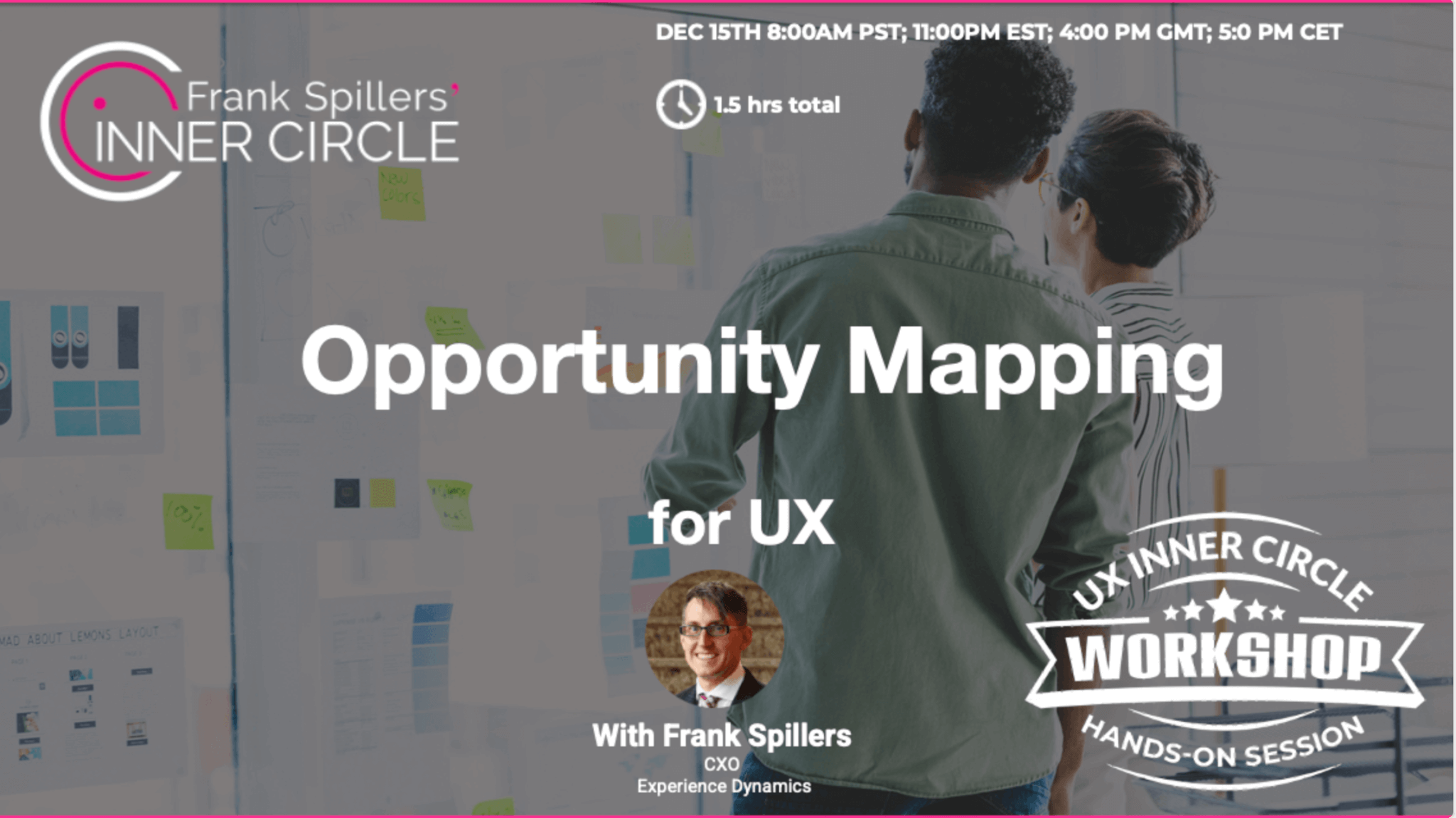Opportunity Mapping for UX
In the upcoming Opportunity Mapping for UX workshop, we cover this strategic tool that uncovers the potential for business and design impact. By mapping your opportunities, you aim stakeholders toward the highest alignment of user + business value.
What Opportunity mapping gives you:
- Highlights a set of circumstances ideal for creating positive change.
- Clarifies customer needs and pain points by channel.
- Brings stakeholder awareness to opportunities.
- Helps you image, reinvent or optimize a service or product experience.
- Enhances user adoption through informed decisions.
Steps for Conducting Opportunity Mapping
1. Identify Customer Needs and Pain Points
Start by gathering insights on what your customers truly need and what frustrates them. Ethnographic interviews are ideal. This includes broken touchpoints and disrupted journeys.
2. Analyze and Prioritize Desirability
Take your Journey Map or Touchpoint Inventory and evaluate each opportunity based on its potential impact, desirability, and feasibility. Prioritize those that align closely with user needs and business goals.
3. Map Opportunities Against Business Goals
Align each opportunity with specific business objectives. This alignment ensures that every design decision contributes to overall business success (Key Results in OKR’s).
4. Develop Strategies for Addressing Opportunities
Create actionable strategies to seize these opportunities. This could involve designing new features, improving user experience, or redefining service delivery.
5. Implement, Test, and Iterate
Implement these strategies in small, manageable steps. Test their effectiveness and iterate based on feedback and results.
Desirability First
Opportunity mapping asks a crucial question: Where can the business align with users’ needs to create mutual value? This alignment is key to enhancing desirability first. It’s not just about what the business wants to offer but what users genuinely find valuable and desirable.
Why User Desirability Matters
- Aligns business offerings with user needs, tasks, and goals.
- Increases user satisfaction and adoption.
- Comes before usability: first, give users what they need, then make it easy to use.
MVP vs MDP: Aligning MVPs (Minimum Viable Products) with MDPs (Minimum Desirable Products) fosters effective Agile UX collaboration. Further, linking Opportunity Maps with OKRs (Objectives and Key Results) is vital. It ensures the opportunities you pursue align with your business’s strategic objectives.
The Impact of Opportunity Mapping
Opportunity Mapping is more than just a tool; it’s a mindset shift. It encourages businesses to act based on evidence, aligning design decisions with user needs and business objectives. This approach leads to more thoughtful, user-centered products and services, ultimately driving success for both users and the business. This can help you:
- Create a forum for exploring potential impacts.
- Prioritize essential elements for users and the business.
- Shape solutions that resonate with user priorities.
Conclusion
Opportunity Mapping in UX is a powerful approach for exploring the potential for design and business impact. Focusing on user needs and aligning these with business goals offers a roadmap for creating products and services that satisfy customers and drive business growth. Whether you’re a UX designer, a product manager, or a business strategist, embracing Opportunity Mapping can lead to more informed, impactful decisions and a more substantial alignment between user desirability and business success.
Go deeper: Attend the workshop Opportunity Maps for UX part 1
Cost: $100 for 2 parts (2 hrs) or FREE for UXIC Members. Why Join?








